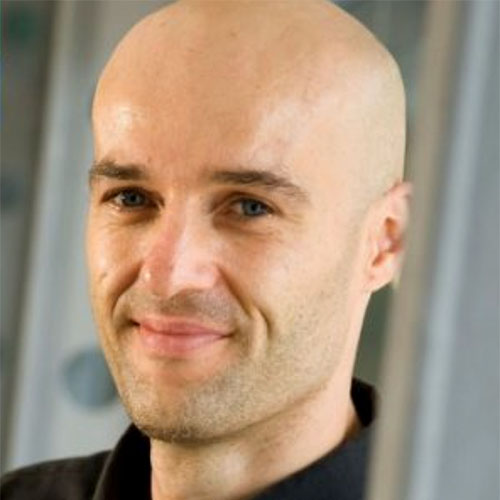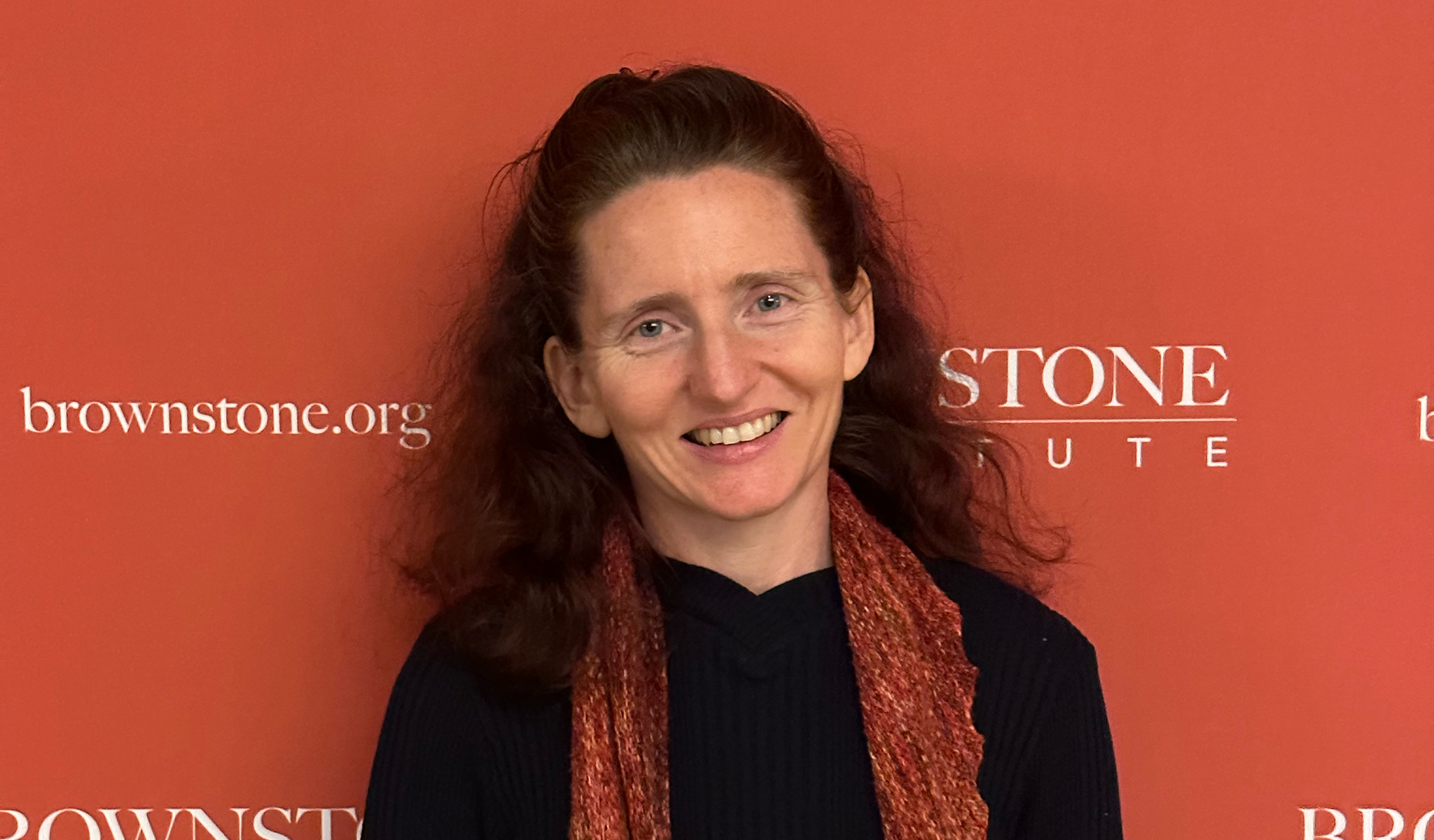Something striking about the past two years is that almost everyone against lockdowns has exactly the same opinion about the madness of the masses, yet many also belong to groups that don’t have anything else much in common and may even despise each other. It’s as if different groups are observing the herd from completely different vantage points on the same field, but all see the herd make exactly the same moves. They stand relatively still in their different corners, watching while the herd does its zigzags, circles and surges, rumbling on in a lunatic stampede.
Various kinds of people stood apart from the herd at the outset, while some escaped it after it formed. Here we try to describe the main pathways to escape from the madness. We do this only partly out of intellectual curiosity: such an exercise also provides clues as to which of those still in thrall to lockdown orthodoxy might be close to liberating themselves, and what is needed to complete their unshackling.
Madness Escapers 1: The Real Experts
The three medical professors who wrote the Great Barrington Declaration (GBD) (Sunetra Gupta, Martin Kulldorff, and Jay Bhattacharya) are prime examples of real experts who knew right away that the herd had detached itself from science. They were, after all, world-renowned experts on science themselves. They were as sure as scientists could be that lockdowns were against medical thinking, unethical and deeply damaging to public health. Because they are experts themselves, they didn’t need anyone else to convince them. Many of the tens of thousands of scientists around the world who signed the GBD similarly leaned on their own expertise to avoid being caught in the madness.
They could see the herd was panicked and irrational, and recoiled at the abuse of power and megalomania of their leaders. Others understood the danger of the deep fear in which many of their loved ones were trapped. These kinds of insights into others guided their response to the madness that struck in early 2020. In terms of numbers, this more social and psychological expertise was much more common among the early escapees than traditional scientific expertise.
Madness Escapers 2: Children of a different faith
The Amish in the US provide a wonderful example of an entire community that has completely avoided the madness of other Americans. They didn’t participate in testing, social media covid porn, worrying about ICU beds or any of that stuff. They just went on with their lives, to the benefit of their health of course. Their luck was that they weren’t linked with the herd in any way from the beginning, and so they were not carried away by it when it stampeded.
We have come across other groups that had already pulled out of mainstream circles before 2020 and could therefore see the movement of the herd very clearly. The hardcore Bitcoin community is a good example of this, as that group already thought the masses were crazy. As with the Amish, we disagree with this group on many points, but we share an almost identical perspective on the movements of the herd (as you can hear in this interview).
In the same category are the really fanatical faith communities and ideologies that were already set apart from the masses, plus all kinds of anti-authoritarian figures (and their followers) whose main defining feature was to take some pleasure in disagreeing with authority.
At times like these, such ‘alternativos’ prove their worth to the community as a whole, without wanting or intending to. Just by existing and being a witness to the madness from their own position, they offer the whole community a window through which to observe the movements of the herd. The people of South Dakota in the US are a good example of this: South Dakota was the first state in the US to no longer participate in the herd behavior, primarily because of its rich representation of alternative ethnic and religious communities. Unwittingly, the “fringe” became a model for the rest.
Madness Escapers 3: True Love for the Innocent, Plus Courage
The Mother Heart women in the Netherlands are a good example of a group of people who often went along with the herd in the beginning, but dropped out when the madness started to damage something they really loved: in this case, their children. They saw how the lockdowns, school closures and social shutdowns took their kids’ childhood and future away, they could still think enough to reject the propaganda about where the harm was coming from, and so they stepped out of the fold.
Now this doesn’t mean that everyone who still goes along with the madness today doesn’t know true love. Many among the herd out of genuine love have their children injected, require them to wear masks, and all but imprison them. Almost desperately they cling to the herd truth and follow its logic to protect their children, while in fact achieving the complete opposite. This horrible irony is but one of the many tragic human dramas of the covid era.
What sets the Mother Heart women apart is that their love forced them to acknowledge how lockdowns were harming their children, and that they were willing to bear the consequences of what they observed. So that’s powerful love – love strong enough to keep alive the ability to think in the midst of acute brainwashing – plus social courage.
Other groups in this category are nurses in care homes who refused to participate in the deliberate isolation of the elderly in their institutions, or doctors who observed horrific injuries from the vaccines and then started speaking out against them. Others have genuine love for the poor, their neighbors, or schoolchildren. They escaped the madness by simply observing closely those they truly cared about, and because of their deep love, being unable to deny where the damage came from. Love and courage were their support, and their path to escape.
Madness Escapers 4: Blind Fury to the Prison Guards
During this era we’ve also seen aggressive youths who out of loneliness and despair become violent towards anything that hints of authority. These are examples of people who escape from the herd through blind anger – not out of deep insight, commitment to a radically different ideology, or love for one another. Generations of teenagers have turned against their parents in an attempt to escape their authority, and we now see the same dynamic with a section of youth directing their fury against the authorities who are ruining their lives.
Many of the poorest, the working class, and caregivers are also in this category: they have been belittled for two years and so they are now really angry and looking for something to rebel against. Many who are still involved in the madness will drop out for this reason, especially if they believe that fighting back may lead to improvement in their lot.
Arguments are not what convinces them, but the simple idea that one can be free and happy in countries and regions nearby with different policy settings. Hope and jealousy are what touches most effectively those who are in the herd today, but might join the resistance out of anger.
Madness Escapers 5: Conscientious Objectors
Police for Freedom is a great example of a group of people who stepped out of the fold because of conscientious objection to what was required of them. They couldn’t convince themselves that the violence they were being asked to engage in was justifiable, so they resisted it.
An interesting aspect of this type of group is that the conscientious objection uniting them is very specific. They resist anything unethical that is being asked of them in their particular sphere, but do not interfere with or take sides on broader medical or political questions.
Although the leaders of such groups have often individually stepped out of the herd, many members of conscientious objector groups maintain contact with others who are still running with it. In fact, such groups offer a wide segment of the herd something they would like (namely, a less burdened conscience) without further demanding a complete exit from the madness. This means these kinds of groups enable a recruitment process for others, as they function like a halfway house to help escape: they are positioned somewhere between the herd and the ones outside it.
We see also conscientious objector groups comprised of medical doctors, some policy economists, and administrators, among others. They are forced by the herd to do unethical things and often find themselves shocked at what they view as a bridge too far for them. From that moment on they might start to see much more than just the unethical acts that are asked of them, or they might limit themselves to their specific conscientious objection, such as for example vaccinating children against covid. For this reason, to the broader resistors like us, such people are sometimes slightly frustrating. Yet for the crumbling of the madness as a whole they are extremely effective: they have a compelling story for convincing others that on at least some important point, the herd is wrong.
And There Are More…
Besides the five main groups above, we see a few other types that have escaped. Among these are the somewhat aristocratic people who always feel elevated above the crowd and therefore reject almost every herd idea on principle. Unfortunately, there are also many profiteers and government leaders in that group of self-styled aristocrats who are well aware of what is happening and opt to profit from it, instead of remaining aloof. In our book The Great Covid Panic, these profiteers have a name: James.
Ruthlessly power-hungry people can also be remarkably realistic about what is happening, precisely because they did not align with the herd at the start anyway. Unfortunately, the anti-lockdown movement doesn’t gain from those kinds of people because they too are James at heart: they have no interest in helping the rest, but only in how they can benefit from the catastrophe themselves.
Join the conversation:


Published under a Creative Commons Attribution 4.0 International License
For reprints, please set the canonical link back to the original Brownstone Institute Article and Author.











